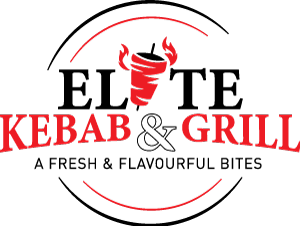The Refinement of Google Search: From Keywords to AI-Powered Answers
The Refinement of Google Search: From Keywords to AI-Powered Answers
From its 1998 emergence, Google Search has converted from a straightforward keyword interpreter into a robust, AI-driven answer service. Initially, Google’s achievement was PageRank, which sorted pages considering the excellence and count of inbound links. This pivoted the web away from keyword stuffing in the direction of content that earned trust and citations.
As the internet grew and mobile devices spread, search habits transformed. Google rolled out universal search to integrate results (updates, images, media) and then concentrated on mobile-first indexing to depict how people in fact explore. Voice queries leveraging Google Now and next Google Assistant compelled the system to make sense of natural, context-rich questions as opposed to terse keyword combinations.
The future move forward was machine learning. With RankBrain, Google set out to translating prior unexplored queries and user target. BERT refined this by interpreting the sophistication of natural language—structural words, context, and bonds between words—so results more successfully satisfied what people meant, not just what they submitted. MUM enhanced understanding spanning languages and types, permitting the engine to connect associated ideas and media types in more polished ways.
At present, generative AI is reinventing the results page. Tests like AI Overviews unify information from multiple sources to present to-the-point, circumstantial answers, commonly combined with citations and subsequent suggestions. This limits the need to engage with many links to create an understanding, while all the same directing users to more detailed resources when they prefer to explore.
For users, this growth implies more prompt, more specific answers. For originators and businesses, it appreciates richness, novelty, and clarity compared to shortcuts. Moving forward, forecast search to become expanding multimodal—gracefully weaving together text, images, and video—and more unique, customizing to settings and tasks. The path from keywords to AI-powered answers is basically about reimagining search from finding pages to solving problems.

